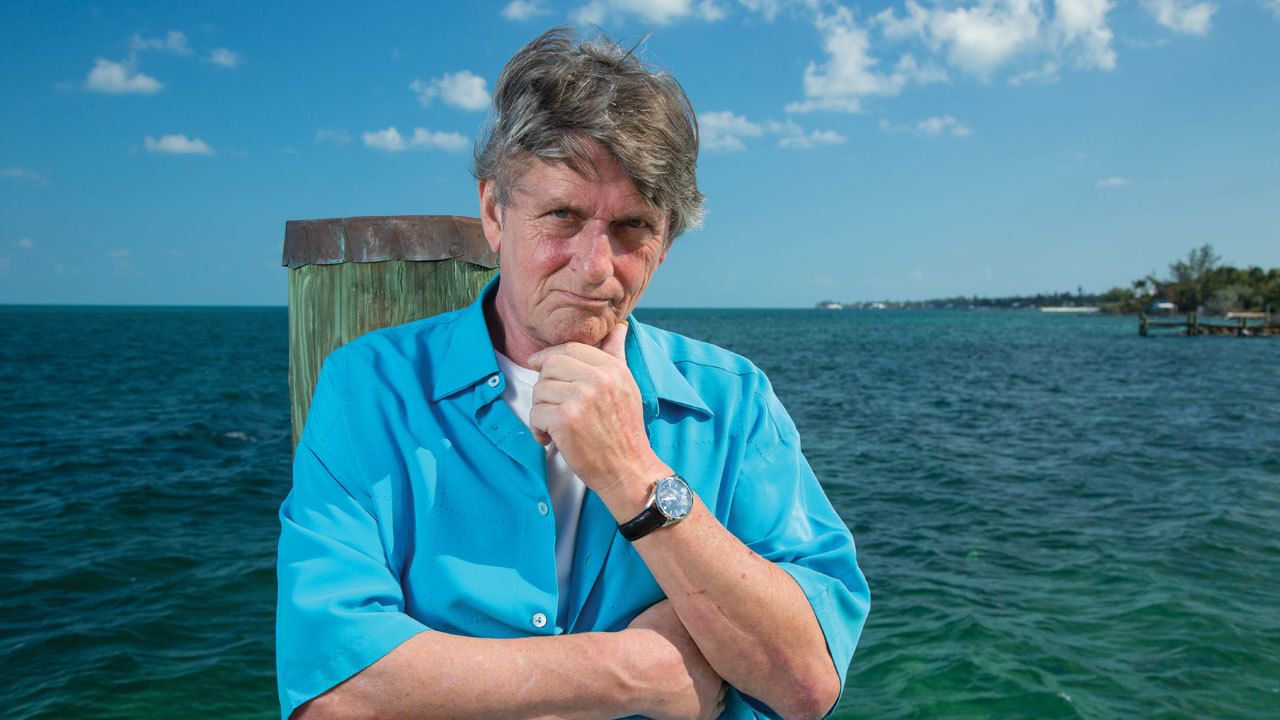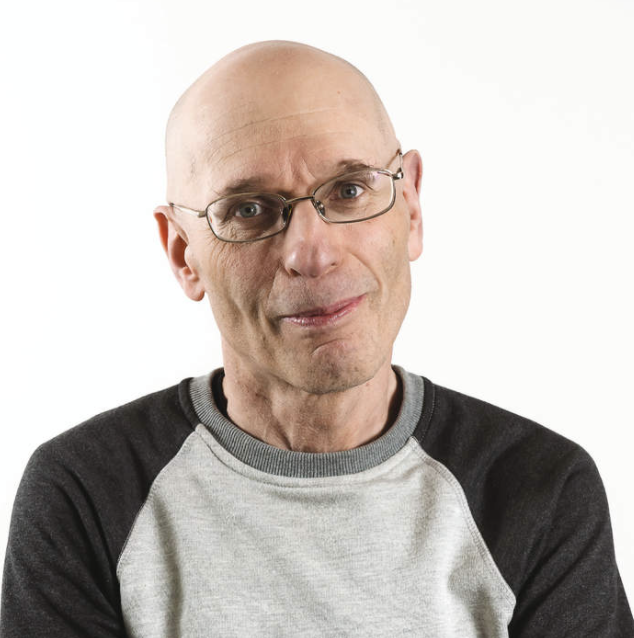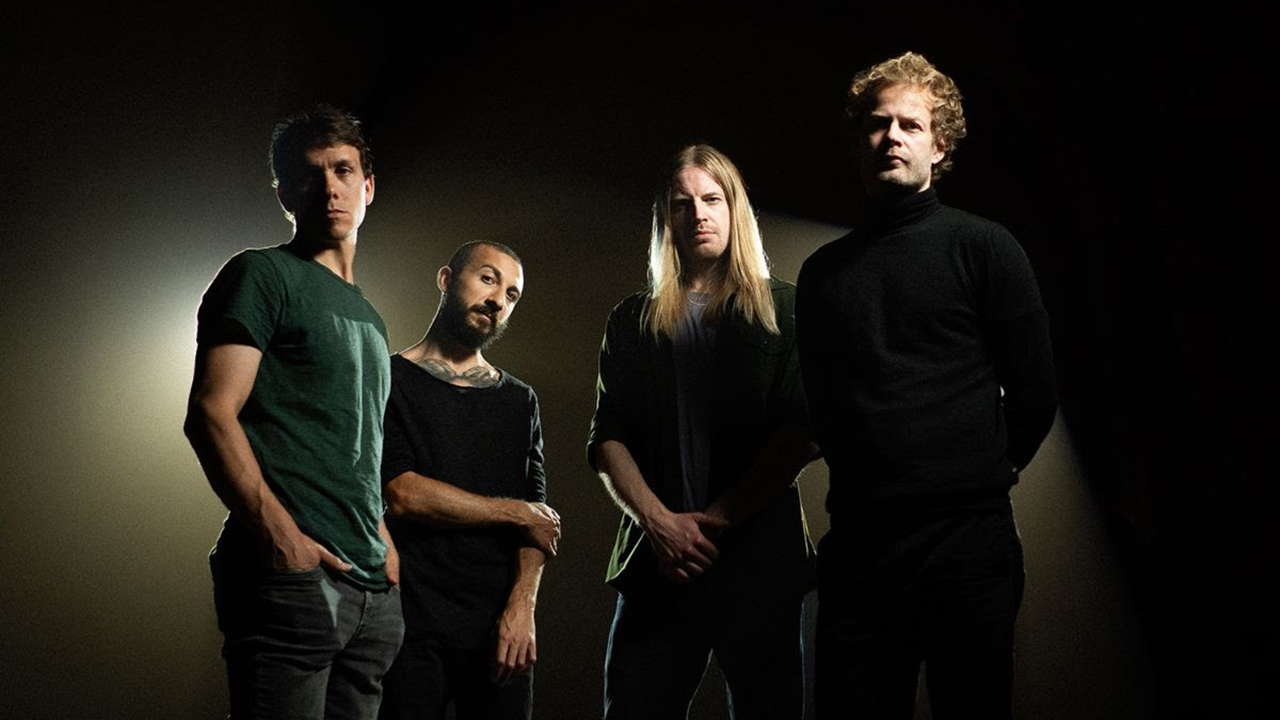"Jean-Michel Jarre said he loved my music, but that I was too acoustic for him. That got me thinking": Urged on by fans, Mike Oldfield’s final album was a look back to his early years
Return To Ommadawn was a fresh exploration of the ideas on his third album – complete with a vinyl gatefold sleeve offering “hours of enjoyment”

When Mike Oldfield asked his social media followers what kind of music they’d like from him, the overwhelming response was something in the vein of 1975’s Ommadawn. None of those fans could have suspected 2017’s Return To Ommadawn would be his final album – he retired in 2023. But he pulled all the stops out for that last addition to his catalogue, rebuilding instruments from four decades earlier, developing throwback teaser tones to drop into the new music; and ensuring the vinyl edition – the one that mattered to him most – offered something extra-special.
“When I first began to think of what I should do for my new album, I went on social media and asked the fans for their opinion,“ Mike Oldfield tells Prog. “So many of them seemed to want me to go back to the acoustic style of the first three albums, and of these it’s Ommadawn that appeared to be their favourite one.”
But what clinched his decision was a comment from synth pioneer Jean-Michel Jarre. “I saw that Jean-Michel was doing a live Facebook chat with his fans, and I went online to follow what was being said. One person asked him whether he might collaborate with me – and his answer was interesting.
“He said that he loved my music, but that I was too acoustic for him. That got me thinking. If someone like him believes I’m an acoustic musician, then it shows how important that part of my career has been. So with all this overwhelming evidence, I felt it would be very exciting to do a project again along those lines.”
Work on the new album began in December 2015, and was only finally concluded in November 2016. Oldfield is keen to stress that this is a pure solo work: “I’m the only musician who is involved. I play everything. There are no guest appearances whatsoever.”
Actually, that’s not strictly true – those with keen ears will notice a very brief choral burst from the Penrhos Kids at the end of the second track, titled Part II. It isn’t quite what it seems.
“I did wonder if people might be disappointed that the album doesn’t have a follow-up to On Horseback, which was the final song on Ommadawn,” the composer explains. “So I took one line from the children’s choir who sang on that track and inserted it here. It’s a way of linking these two albums across more than 40 years. It’s not a new recording.”
Sign up below to get the latest from Prog, plus exclusive special offers, direct to your inbox!
There are talented people who could duplicate what I’ve done, but it could never have the same emotional connection
He readily admits that he specifically designed the album for vinyl. There are just two tracks here, titled Part I and Part II, each of which is around 20 minutes long.
“I tend to think of them as being Side One and Side Two of an LP,” he says. “It was deliberately done – I love vinyl and the way it brings people closer to music. As far as I’m concerned, if you listen to downloads, that has the same impact as what you hear in a lift! Of course, the album will be made available in all the usual formats, but for me it’s the vinyl one that matters.
“The cover is very elaborate, and there will be a gatefold sleeve. It'll have hundreds of photos I’ve taken of all the instruments I used in the recording sessions. The aim is to give everyone hours of enjoyment as they try to identify them all, and what roles they might have played in the record.”
Oldfield reports that he doesn’t have any plans to perform Ommadawn or Return To Ommadawn in the live environment. “It would just be too difficult to organise,” he states.
“I’d have to find musicians who could play the parts in the way that I believe fits best, and that would be almost impossible to achieve. Yes, there are very talented people around who could duplicate what I’ve done, but it could never have the same emotional connection.
“The only way I could see it working is if you have 15 or more clones of me onstage!”
Malcolm Dome had an illustrious and celebrated career which stretched back to working for Record Mirror magazine in the late 70s and Metal Fury in the early 80s before joining Kerrang! at its launch in 1981. His first book, Encyclopedia Metallica, published in 1981, may have been the inspiration for the name of a certain band formed that same year. Dome is also credited with inventing the term "thrash metal" while writing about the Anthrax song Metal Thrashing Mad in 1984. With the launch of Classic Rock magazine in 1998 he became involved with that title, sister magazine Metal Hammer, and was a contributor to Prog magazine since its inception in 2009. He died in 2021.

